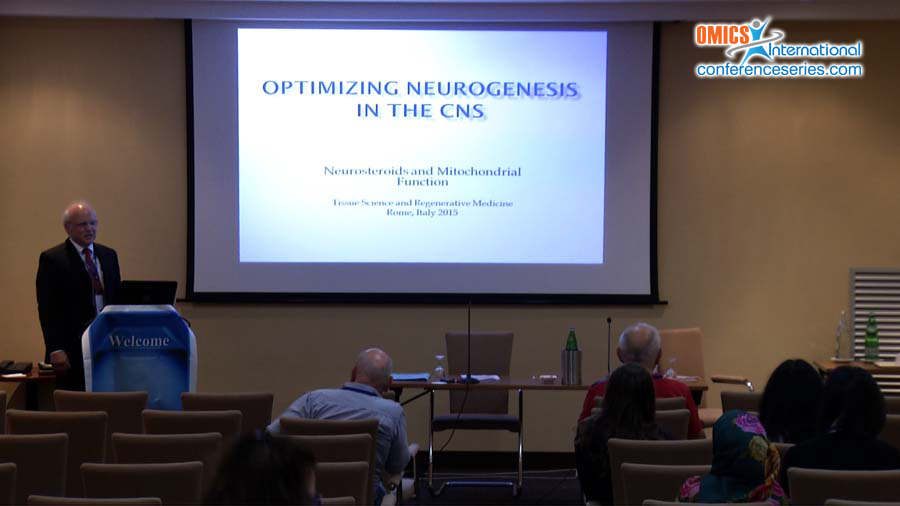
Lewis K. Clarke
Bay Area Rehabilitation Medicine Associates
USA
Title: Optimizing intrinsic mechanisms of neuroregeneration in the CNS: Utilizing mitochondrial and neurosteroid chemistry
Biography
Biography: Lewis K. Clarke
Abstract
Neuronal repair in the central nervous system through neuroregenerative processes has always been considered to be beyond the recuperative capability of the human body. It is now understood that neurogenesis does indeed occur in the CNS and can result in functional as well as structural restoration. However, the heterogeneity of ischemic, traumatic, and degenerative brain injury obviates the implementation of any single intervention or therapy. A parsimonious beginning would be the augmentation of mitochondrial number and energy production as this would address all cellular function including stem cell production and migration. While much is known about the contribution of CoQ10, carnitine, and pyrroloquinoline quinone, an integrative approach should include bioactive lipids in the mitochondrial membrane, sigma 1 receptors, and neurosteroids such as DHEA, pregnenolone, and progesterone produced de novo in the glia. These neurosteroids can be considered catalysts and promote neurogenesis and neurite outgrowth through their activation of sigma 1 receptors probably in the mitochondrial membrane lipid rafts of the endoplasmic reticulum. Activated sigma 1 receptors increase calcium in the mitochondria resulting in activation of the TCA cycle, increasing mitochondrial hypermetabolism ultimately resulting in neurite outgrowth.
Increasing neurosteroids through exogenous administration, membrane maintenance with cholesterol and phospholipids, and augmentation of mitochondrial function would optimize intrinsic mechanisms of neuroregeneration.

